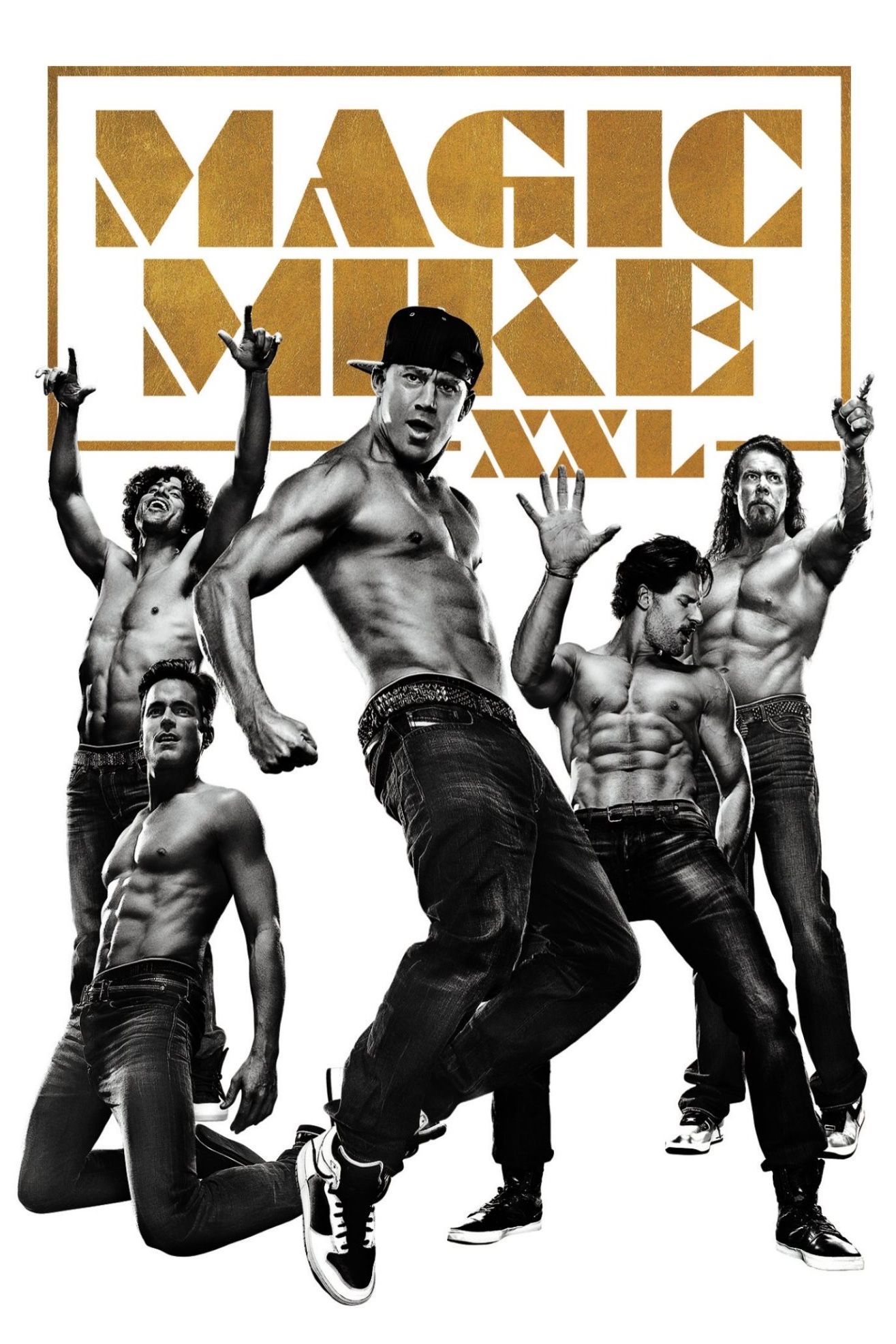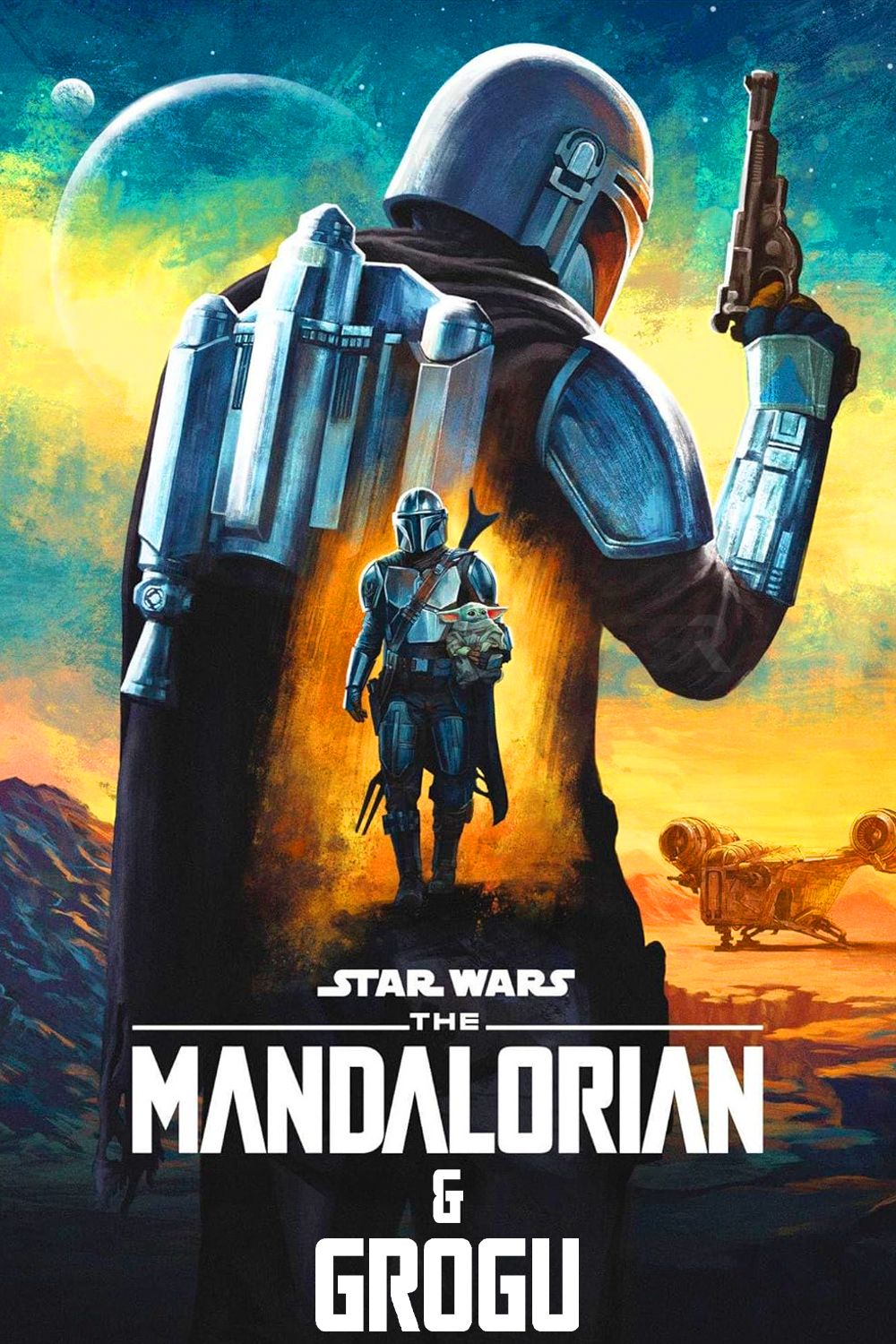Gary Larson’s The Far Side comics are known for their surreal but family-friendly outlook, so how did one strip end up attracting the attention of human rights organization Amnesty International? Though surreal and inspired by some of the more bizarre truths of nature, The Far Side is about as far from shock comedy as it’s possible to get – indeed, even when Larson’s strips have invited controversy, it’s usually been down to misunderstandings or fans feeling queasy about the realities of nature.
However, in The Pre-History of The Far Side: A 10th Anniversary Exhibit, Larson reveals that one subject reliably received pushback from Amnesty International: torture. Larson shares a strip depicting a cartoonish dungeon, complete with prisoners hanging from shackles, with a “torturer of the month” sign hanging on the wall. While drawing its humor from juxtaposing normal workaday traditions with the most outlandish possible ‘workplace,’ the piece received negative feedback from the Nobel Peace Prize-winning group.
The Far Side’s Torture Comics Always Invite Controversy
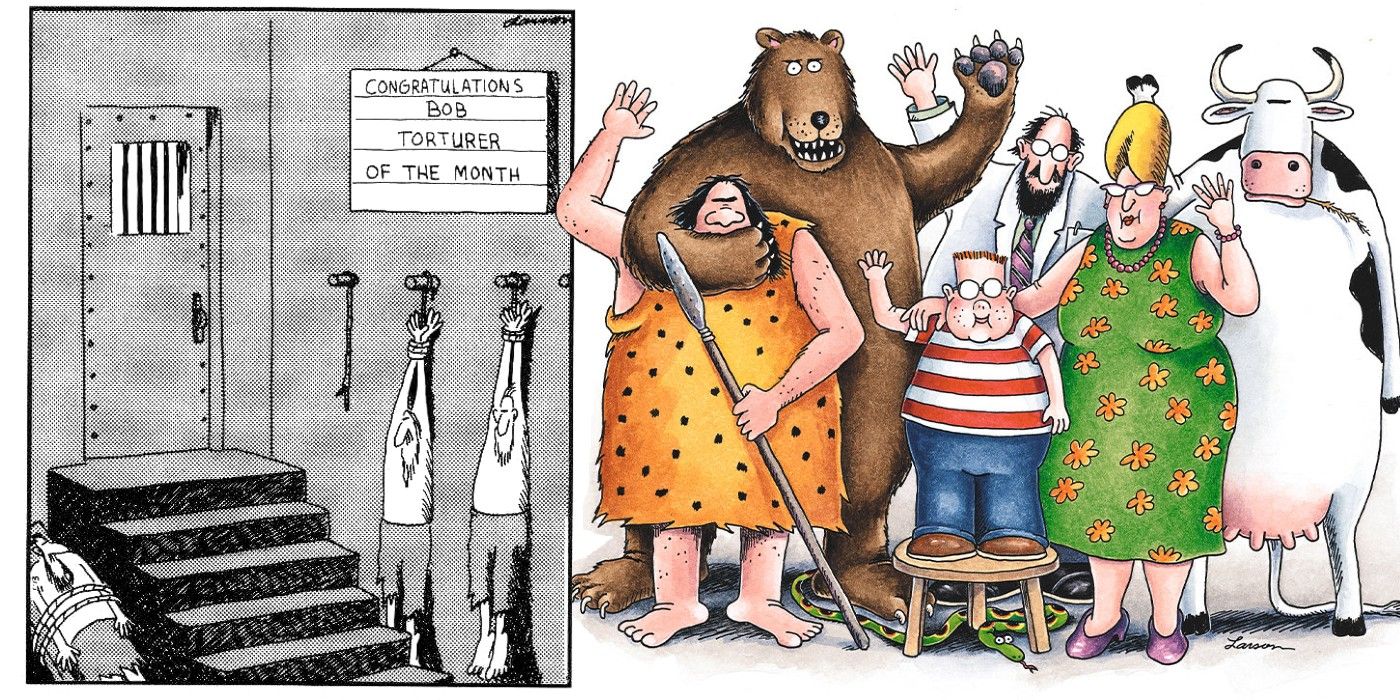
Indeed, Larson reveals that all future strips depicting torture also met with Amnesty International disapproval, with the group arguing that making light of torture serves to downplay a real blight that still takes place worldwide. Larson states that he feels his comics on the topic are “mostly harmless,” but that Amnesty International’s continued feedback “has at least raised my consciousness to this problem.” Amnesty International has led campaigns to document torture, expose those who carry it out, and aid victims in seeking justice, with its official website Amnesty.org offering copious examples of modern-day torture and what can be done to combat it.
Gary Larson’s Response to Amnesty International’s Far Side Criticism
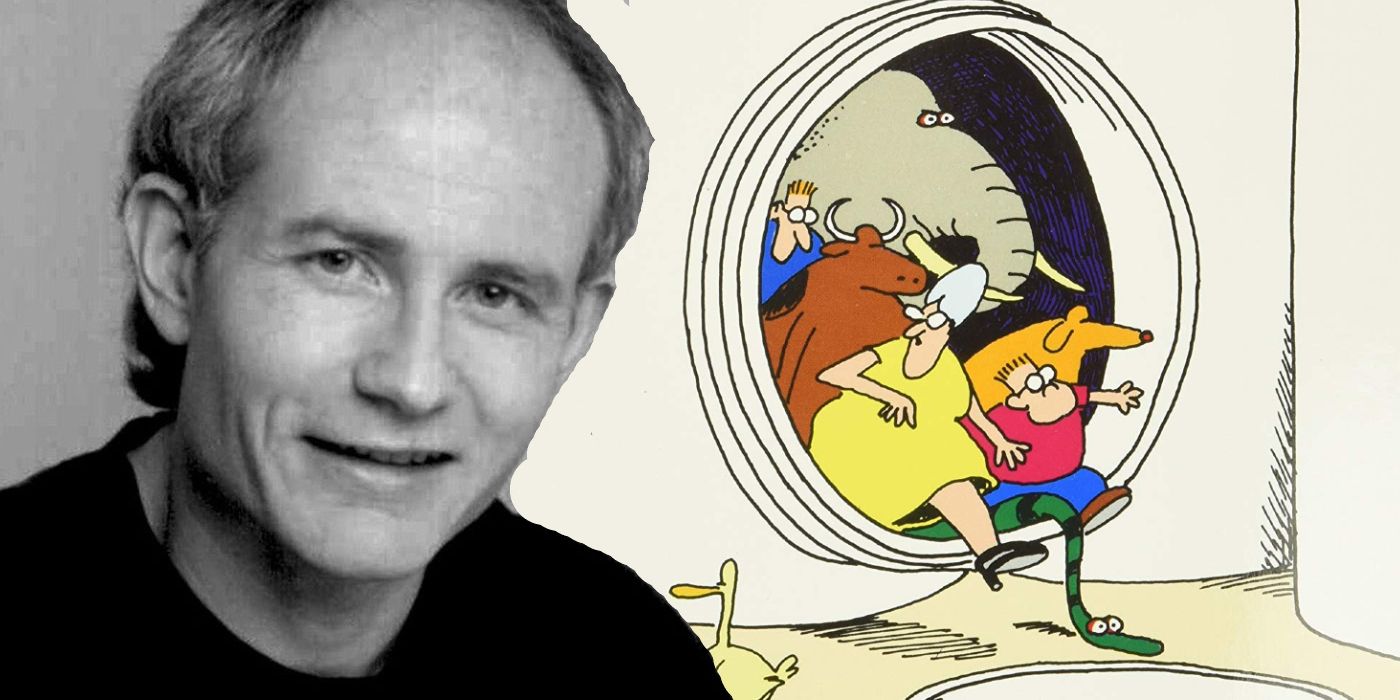
Ultimately, Amnesty International is correct that torture is in no way relegated to Medieval dungeons. In contravention of international law, torture is carried out all over the world, and even modern examples are frequently played for comedy in more risque publications than The Far Side. Much has been written about how shows like 24 and games like Grand Theft Auto 5 have negatively influenced the public perception of torture, either depicting it as a regrettable necessity or inuring fans to the stark realities and aftermath of the practice. While The Far Side‘s repeated use of dungeons as a motif doesn’t rise to the same level, Larson confirms that by reaching out, Amnesty International persuaded him to consider the issue in more detail. Despite this, Larson does end the larger “Public Response” section of The Pre-History of The Far Side with a drawing of a man extending his tongue, dedicating it to “all those who took the time to register their complaints.”
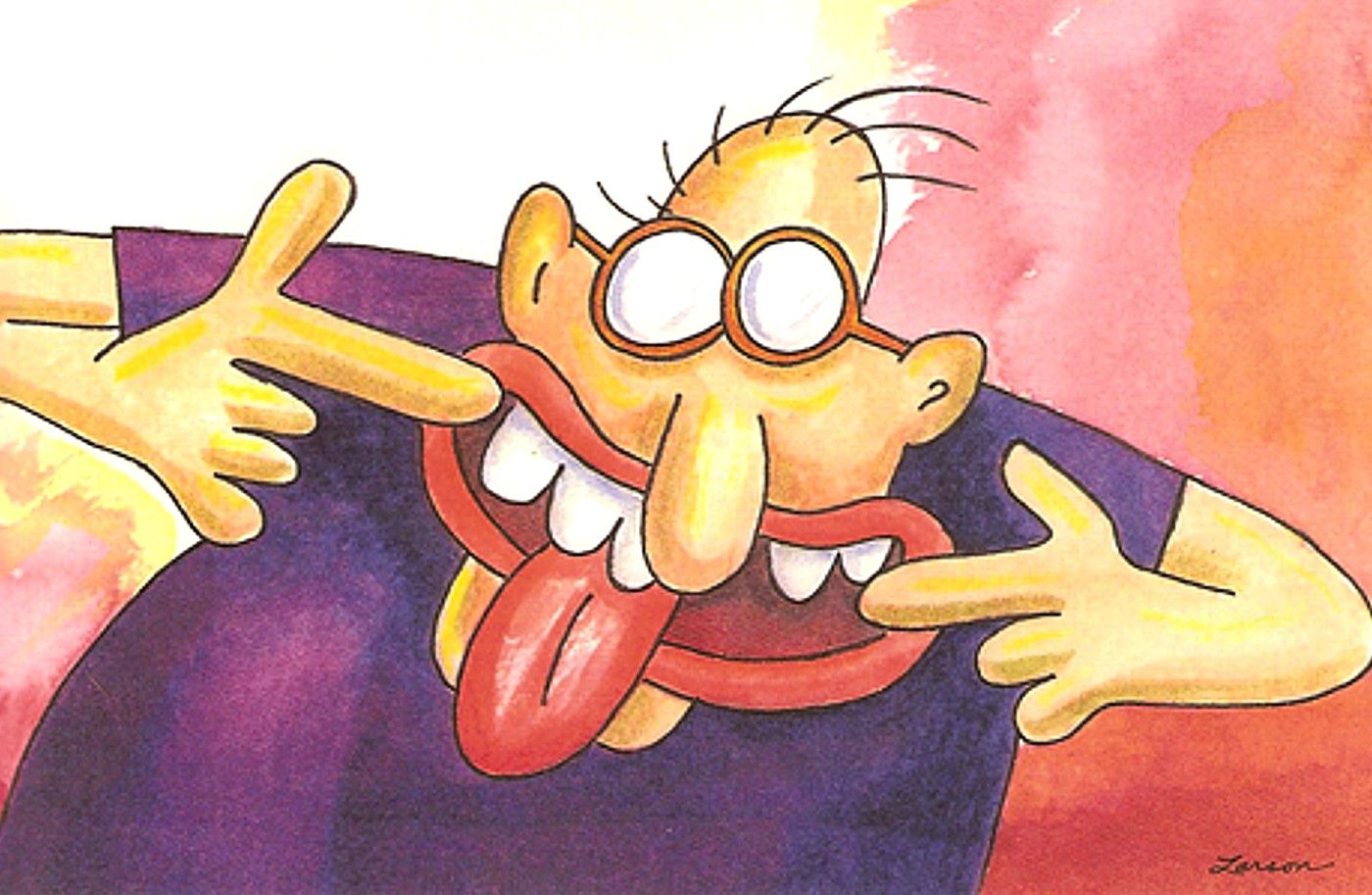
When The Far Side has met with controversy in the past, it’s usually been because of misunderstandings or its comical depiction of cat/dog animosity (as in the infamous ‘tethercat’ comic, which Larson feared would end his career.) However, in the case of its torture dungeons, The Far Side faced criticism from Amnesty International, which argued that comical depictions of torture serve to hinder awareness of the horrifying real-world practice.

